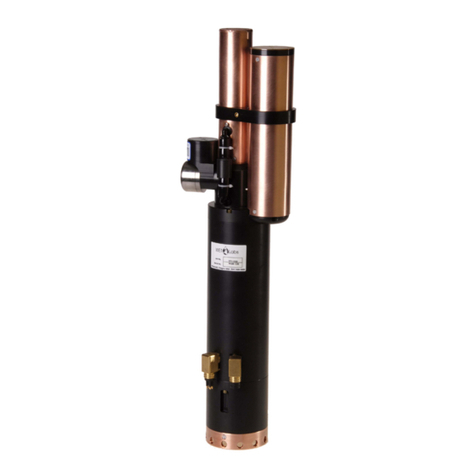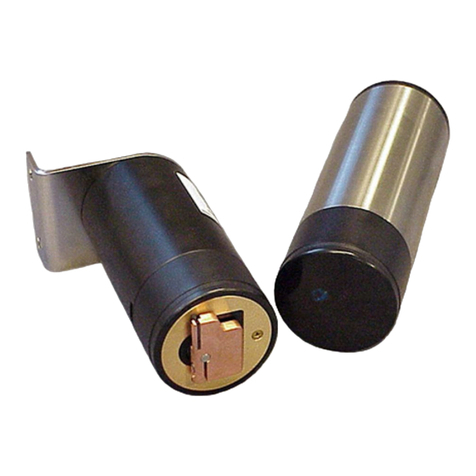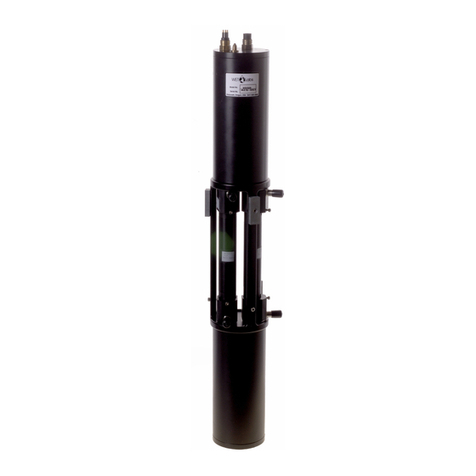
ECO FL User’s Guide (FL) Revision AN 4 June 2012 i
Table of Contents
1. Overview ........................................................................................................................... 1
1.1 Specifications ...................................................................................................................... 1
1.2 Connectors .......................................................................................................................... 2
1.3 Delivered Items .................................................................................................................... 3
1.4 Optional Equipment ............................................................................................................. 3
2. Theory of Operation ......................................................................................................... 6
3. Instrument Operation ....................................................................................................... 7
3.1 Initial Checkout .................................................................................................................... 7
3.2 Operating the Sensor for Data Output .................................................................................. 7
3.3 Bio-wiper™ Operation .......................................................................................................... 8
3.4 Deployment ......................................................................................................................... 9
3.5 Upkeep and Maintenance .................................................................................................... 9
4. FLB and FLSB: Using Internal Batteries....................................................................... 12
4.1 Removing End Flange and Batteries .................................................................................. 12
4.2 Replacing End Flange and Batteries .................................................................................. 13
4.3 Checking Vent Plug ........................................................................................................... 14
5. Data Analysis ................................................................................................................. 15
5.1 Scale Factor ...................................................................................................................... 15
5.2 Analog Response............................................................................................................... 15
5.3 Digital Response ................................................................................................................ 16
6. Characterization and Testing ........................................................................................ 17
7. Terminal Communications ............................................................................................ 18
7.1 Interface Specifications ...................................................................................................... 18
7.2 Command List.................................................................................................................... 18
8. Device and Output Files ................................................................................................ 19
8.1 Plot Header........................................................................................................................ 19
8.2 Column Count Specification ............................................................................................... 19
8.3 Column Description ............................................................................................................ 19
8.4 Sample Device File ............................................................................................................ 20
8.5 Sample Output Files .......................................................................................................... 21
Appendix A: Mounting Bracket Drawing .......................................................................... 22
WET Labs WEEE Policy ........................................................................................................ 23
WEEE Return Process ................................................................................................................. 23






























